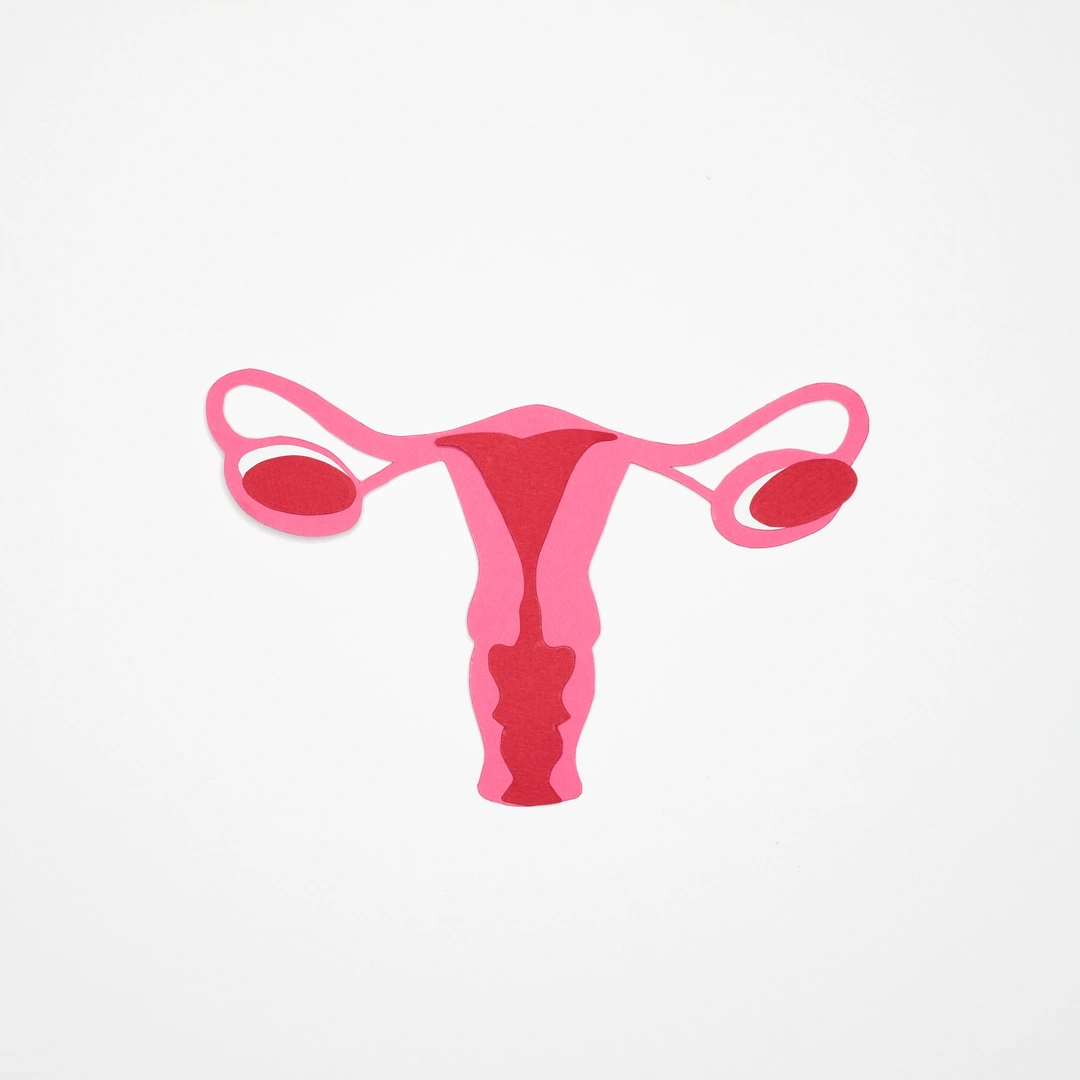Cannabis & endometriosis. How Cannabis can help reduce inflammation and symptoms
Endometriosis affects 1 in 9 Australian girls, women and those who are assigned female at birth. The pain caused by endometriosis can be so severe that people who experience it may not be able to participate in their daily activities. Cannabis could not only help relieve endometriosis symptoms, but new research shows that medicinal marijuana could potentially reduce lesions associated with endometriosis.
 Image credit:
Nadezha Moryak
Image credit:
Nadezha Moryak
TL;DR
-
Endometriosis affects 1 in 9 Australian girls, women and people who are gender diverse
-
Cannabis can help with inflammation, pain relief as well as conditions like depression and anxiety
-
A study in Canada revealed that over 50% of people surveyed use Cannabis to help treat endometriosis symptoms with more success than traditional methods.
-
Doctors are able to prescribe medicinal Cannabis in Australia for the treatment of endometriosis symptoms
Endometriosis affects 1 in 9 Australian girls, women and those who are assigned female at birth. On average, a diagnosis for endometriosis takes around six years as the pain associated with the condition can be misdiagnosed as general period cramps, IBS (irritable bowel syndrome), PCOS (polycystic ovary syndrome) or even a bladder infection. The pain caused by endometriosis can be so severe that people who experience it may not be able to participate in school, work, or other daily activities. In addition, the symptoms that present with endometriosis have been known to cause depression and anxiety.
If your symptoms of endometriosis include pain, depression or anxiety, Cannabis can help relieve these symptoms. Not only that, but new research shows that medicinal marijuana can slow down endometriosis. Unfortunately, the data on this is limited and more research is needed to replicate these effects. Like all medications, Cannabis affects individuals differently, so it’s important to understand endometriosis and how it affects your body to see if medicinal marijuana is right for you.
What is endometriosis?
Endometriosis is a condition in which tissue similar to the lining of the uterus, called the endometrium, grows outside the uterus. This endometrial-like tissue often affects the reproductive organs, such as the ovaries, fallopian tubes, and the tissues lining the pelvis, but in severe cases, it can also affect other organs; and can cause debilitating pain as it follows the menstrual cycle.
What are the symptoms of endometriosis?
The symptoms experienced with endometriosis differ for each person, and some people may not experience them at all, but the most common symptoms include:
Abdominal and/or pelvic pain before, during and after periods, sex or going to the toilet.
Heavy or irregular periods or bleeding between periods
Bleeding from the bladder or bowel or needing to use the toilet more often
Abdominal bloating
Exhaustion or mood swings
Infertility
Depression or anxiety caused by endometriosis symptoms
Symptoms can also vary depending on the stage of endometriosis. There are four stages, each determining how severe the condition is.
Stage 1 (minimal): small patches of endometrial-like tissue on the surface of the pelvic areas.
Stage 2 (mild): patches of tissue are bigger and spread to other areas of the pelvic region.
Stage 3 (moderate): the endometrial-like tissue has infiltrated the pelvic cavity. Adhesions are common (the endometrial-like tissue forms a web connecting affected organs).
Stage 4 (severe): The condition affects most of the pelvic organs with deep cysts and adhesions.
Unfortunately, there is currently no cure for endometriosis. Treatments vary depending on the stage and severity of the condition and symptoms experienced. Some common treatments for endometriosis include surgery and hormone-based treatments (the pill, IUD or the contraceptive implant), as well as management of symptoms. These treatments often don’t last long as the condition can return as soon as treatments are stopped or even after surgery. If you’re experiencing depression or anxiety along with these symptoms, you may be given anti-depressants or referred to a therapist.
Luckily, there is a way to manage the symptoms associated with endometriosis without having to use a variety of treatment options. Cannabis has been known to help with pain, depression and anxiety, and research shows that it can help with the inflammatory pain caused by endometriosis.
How can Cannabis help manage endometriosis?
Firstly, the way that medical marijuana interacts with our bodies is a result of something called the endocannabinoid system (ECS). Cannabis works with the ECS to treat endometriosis at the root of the condition, as opposed to traditional treatments that are only able to address the symptoms.
The good news is that cannabinoid receptors have been found in the lining of the gut, uterus and endometrium, meaning that the THC and CBD in Cannabis can bind with these receptors to help with the inflammation of endometrial-like tissue. As a result, the pain caused by this inflammation can be lessened. In addition, THC and CBD can also bind to general pain receptors in the body, further decreasing pain experienced by endometriosis.
The severity of endometriosis is determined by how far it spreads throughout the body. Traditionally, there have been no ways to stop endometriosis cells from spreading, but the cannabinoid CBD actually blocks the receptor in the body that allows these cells to move from organ to organ.
Research also shows that Cannabis helps to regulate mood in cases of depression and may have a calming effect where anxiety may be a symptom of endometriosis.
Talk about two birds with one blunt!

As always, it’s important to remember that medicinal marijuana affects individuals differently and you should always speak to a medical professional about what product is right for your needs.
Can you legally get Cannabis for endometriosis in Australia?
In short, yes.
The sale and use of medicinal Cannabis in Australia are legal. It must be prescribed by a doctor for the purpose of relieving the symptoms of a medical condition. On top of this, Cannabis is heavily regulated in Australia, meaning that prescribed medical marijuana in Australia is tested, resulting in high quality and safe products with fewer side effects. Unlike recreational Cannabis, where you might not have all the information about the plant and what effects it might have.
"50% of people surveyed use Cannabis to help treat endometriosis symptoms with more success than traditional methods"
What the research says
The research done on the effects of Cannabis for treating endometriosis has been mostly positive. As with most Cannabis studies, more research is needed. Preliminary surveys from Australia and New Zealand have shown that medicinal marijuana has helped with the management of pain, depression and anxiety caused by endometriosis. Meanwhile in Canada, a study has revealed that over 50% of people surveyed use Cannabis to help treat endometriosis symptoms with more success than traditional methods.
In addition, 81% of people who use Cannabis for endometriosis have reported a reduction in the use of other pain relief medication, which has been known to have negative effects on the body when used consistently over long periods of time.
"81% of people who use Cannabis for endometriosis have reported a reduction in the use of other pain relief medication"
Highlight
Medical Cannabis is a viable option when it comes to managing both the physical and psychological symptoms of endometriosis, as it is both legal and safe.
To summarise, research has shown that medical marijuana is effective in treating a variety of symptoms associated with endometriosis. When exploring options for medical Cannabis, a mixture of both the THC and CBD compounds is effective. In Australia, it is legal to use Cannabis for medical purposes as long as you have a prescription. Not only that, but due to its heavy regulation, medical marijuana is safer to use than recreational marijuana.
Share this article
What is Endometriosis; a guide to symptoms, causes and treatment options
Endometriosis is a chronic and often painful condition that affects approximately 1 in 9 women, but unfortunately a lot of women still battle the symptoms of endometriosis in silence. In this article, we shed light on its causes, symptoms, diagnostic methods, available treatments, and the impact on the lives of those who experience it.

